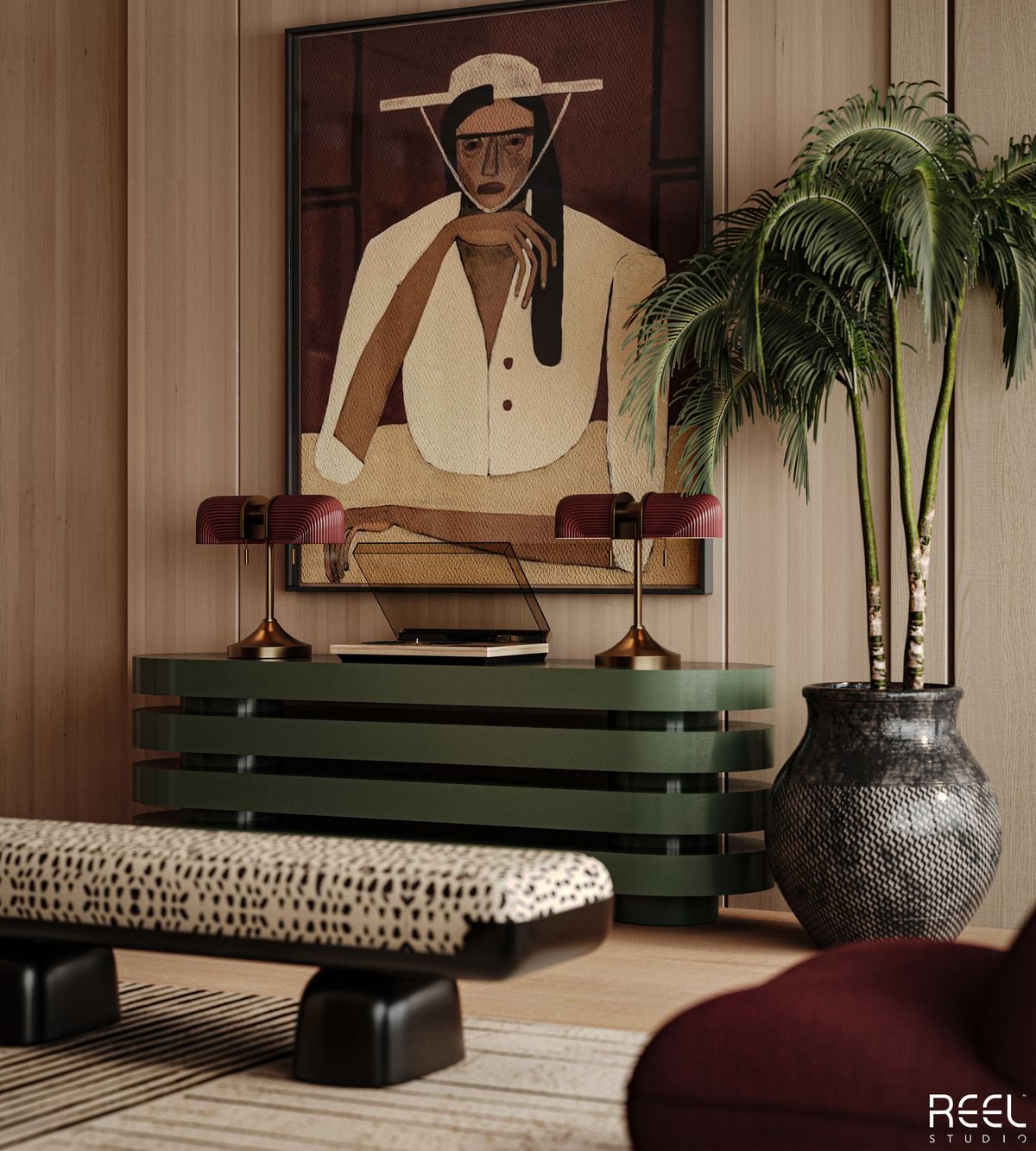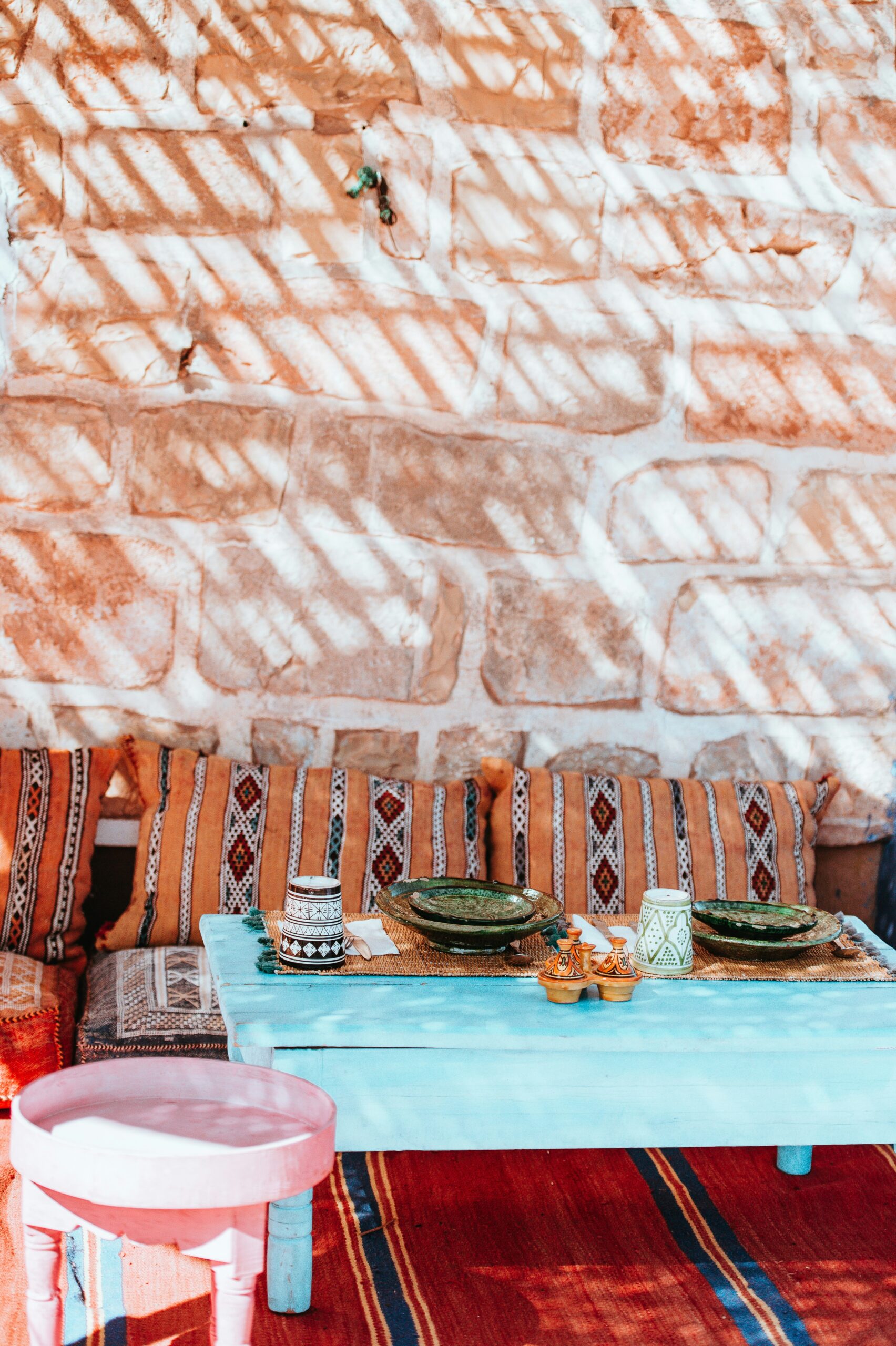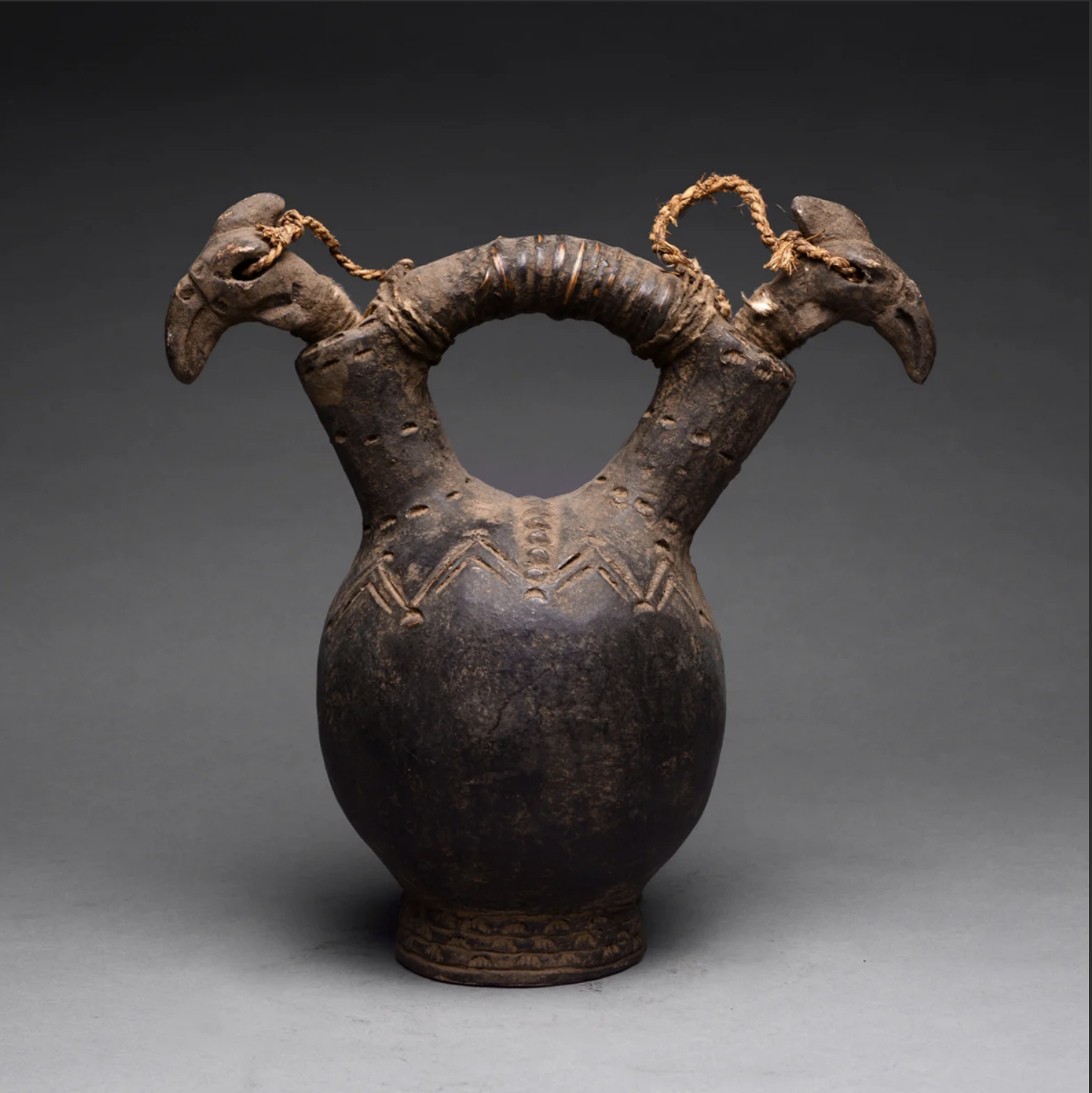
The Power of African Sculpture in Interior Design
In my opinion African heritage is a rich tapestry of history, culture, and artistic expression, with African sculpture as one of its most profound artistic forms. From intricate wooden carvings to striking stone figures, African sculptures bring depth, authenticity, and cultural resonance into interior design.
The growing appreciation for African home aesthetics has fueled a 35% increase in the African art market, proving that people seek more than just decoration—they want cultural expression and timeless beauty in their living spaces.
If you’re looking to enhance your African-inspired interior, I recommend sculptures are a powerful tool to create bold focal points, tell a story, and honour artistic craftsmanship.
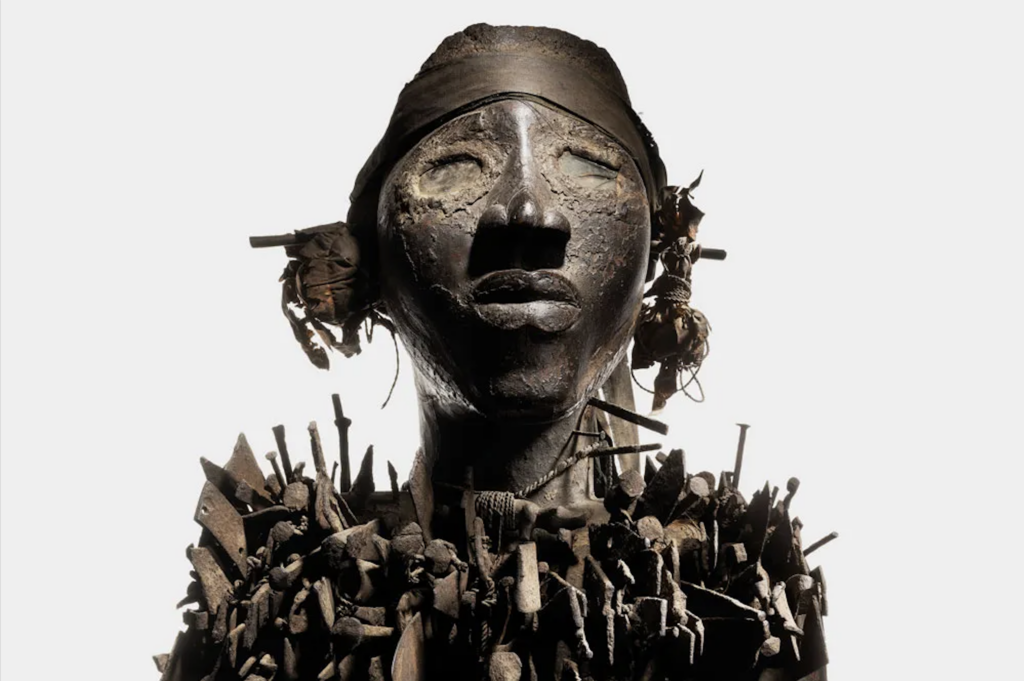
The Cultural Significance of African Sculpture in Interior Design
I have observed many African cultures where sculptures are more than just artistic statements; they serve as symbols of identity, history, and spirituality. Whether used to honour ancestors, represent deities, or depict traditional folklore, these works of art add layers of meaning to any space.
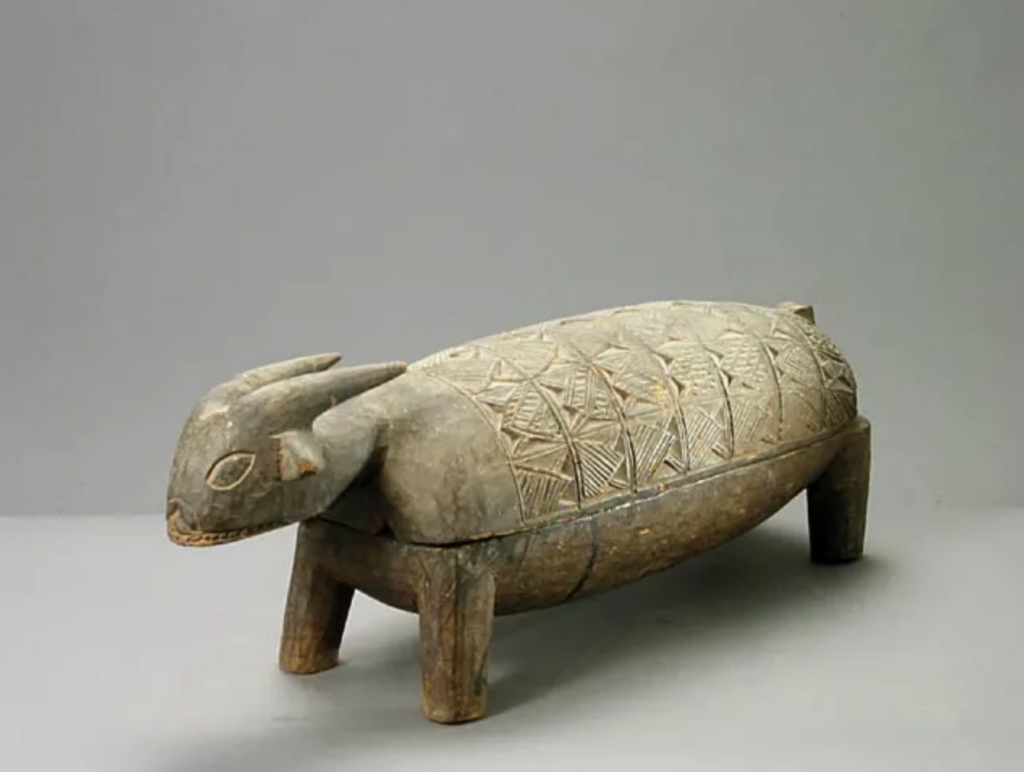
Why African Sculpture Matters in Interior Design
- Aesthetic Value – The striking presence of African sculptures enhances the visual appeal of any room.
- Historical Preservation – Many sculptures carry narratives from centuries-old traditions.
- Spiritual Symbolism – Some sculptures embody protective spirits or ancestral figures.
- Cultural Representation – Every piece tells a unique African story that deepens interior decor.
- Innovative Expression – African artists continue to blend traditional craftsmanship with modern design to create fresh, captivating pieces.
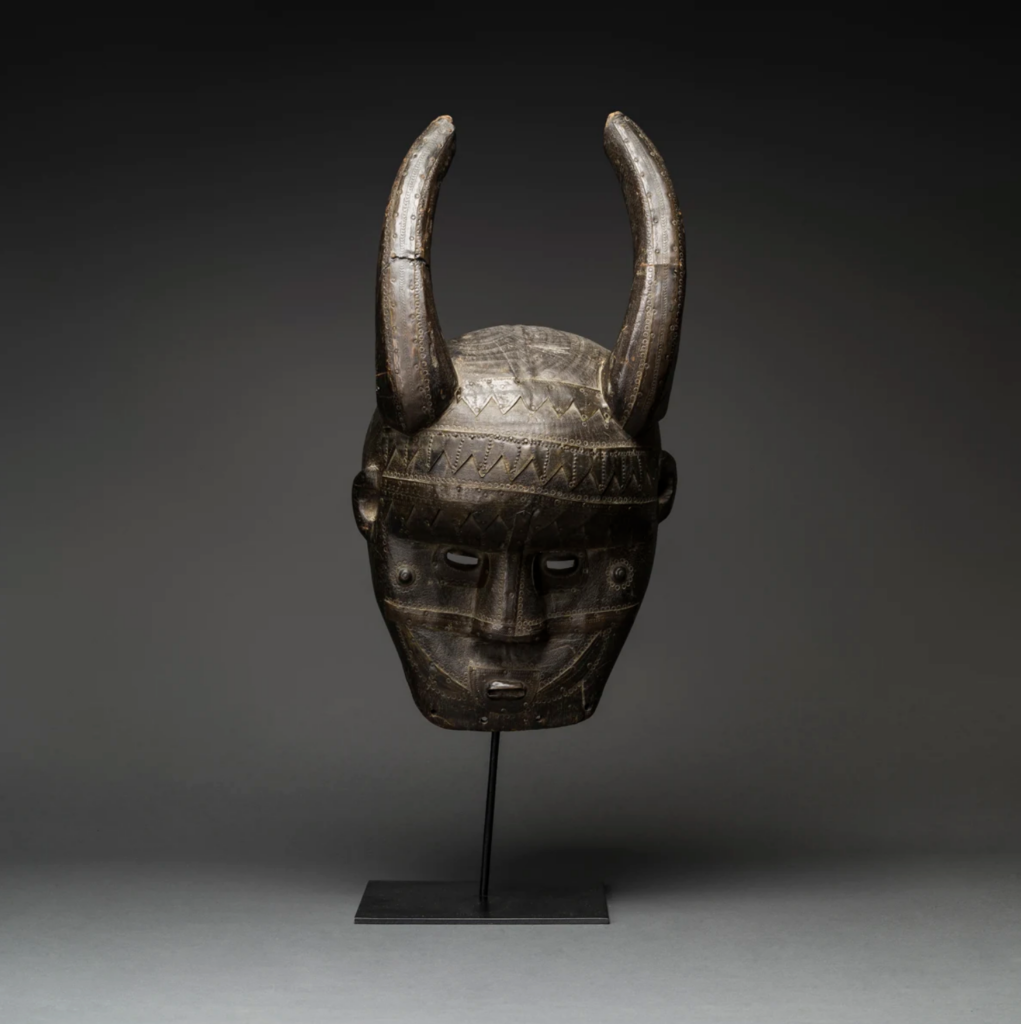
How to Style Sculptures in African-Inspired Interiors
1. Choose the Right Location for Maximum Impact
The placement of sculptures is key to creating a cohesive and visually striking African-inspired space. Large, prominent sculptures can act as statement pieces, while smaller, subtle sculptures add layers of depth.
- Grand Entrances: Place a tall wooden sculpture in an entryway to create an inviting and culturally rich ambiance.
- Living Room Centerpieces: A well-placed sculpture near a fireplace or in an open-concept space can draw attention.
- Hallway Accents: Smaller sculptures in unexpected spaces, like hallways or stairwells, invite curiosity and exploration.
- Bedroom Tranquility: A hand-carved wooden sculpture on a bedside table adds an artistic touch to a personal space.
Pro Tip: Pair sculptures with natural elements like stone or plants to amplify their organic beauty.
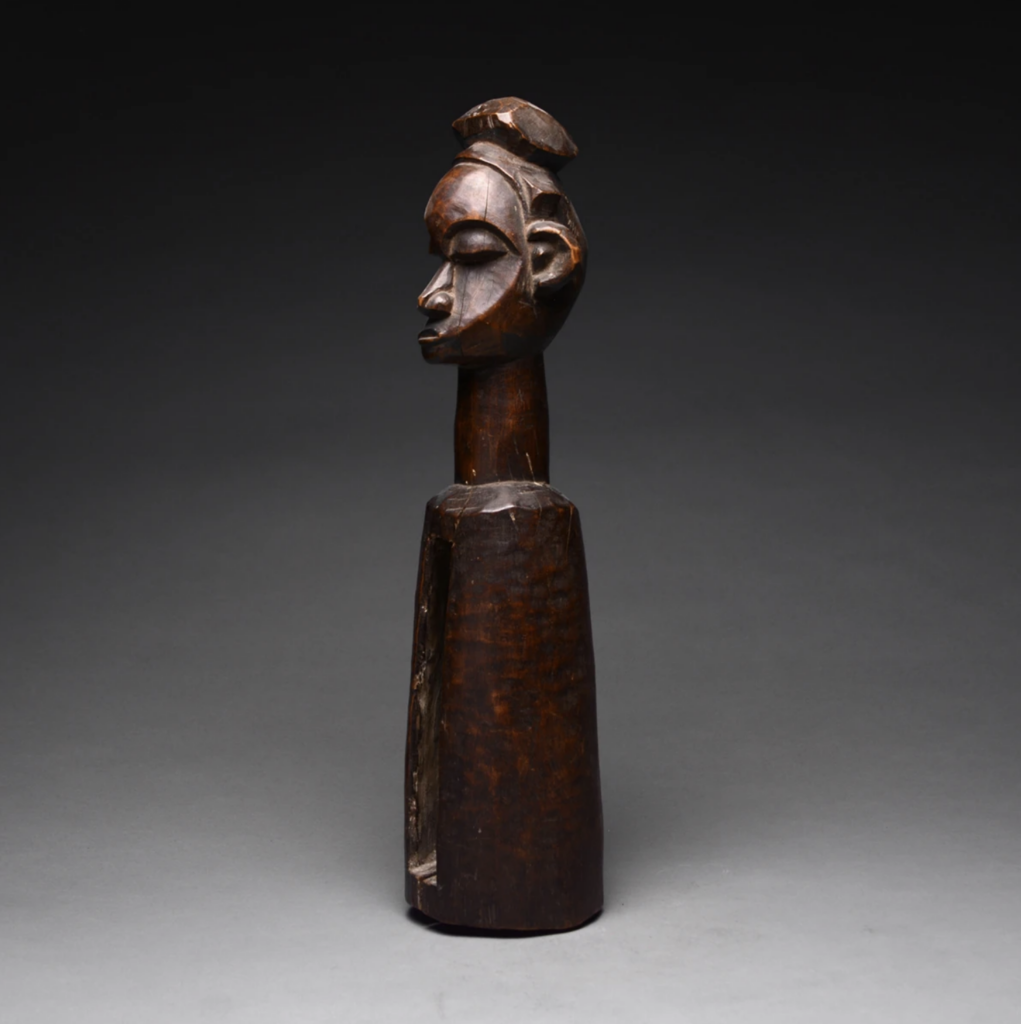
2. Mix Textures and Materials for a Rich Aesthetic
African sculptures are made from various materials, including wood, stone, bronze, and metal, each bringing a different texture to the space. Blending materials can create a harmonious and balanced aesthetic.
- Combine wooden sculptures with woven baskets to add warmth and authenticity.
- Pair bronze statues with natural stone flooring for a luxurious and earthy look.
- Use mud-cloth textiles or patterned African rugs alongside sculptures for a layered, textural appeal.
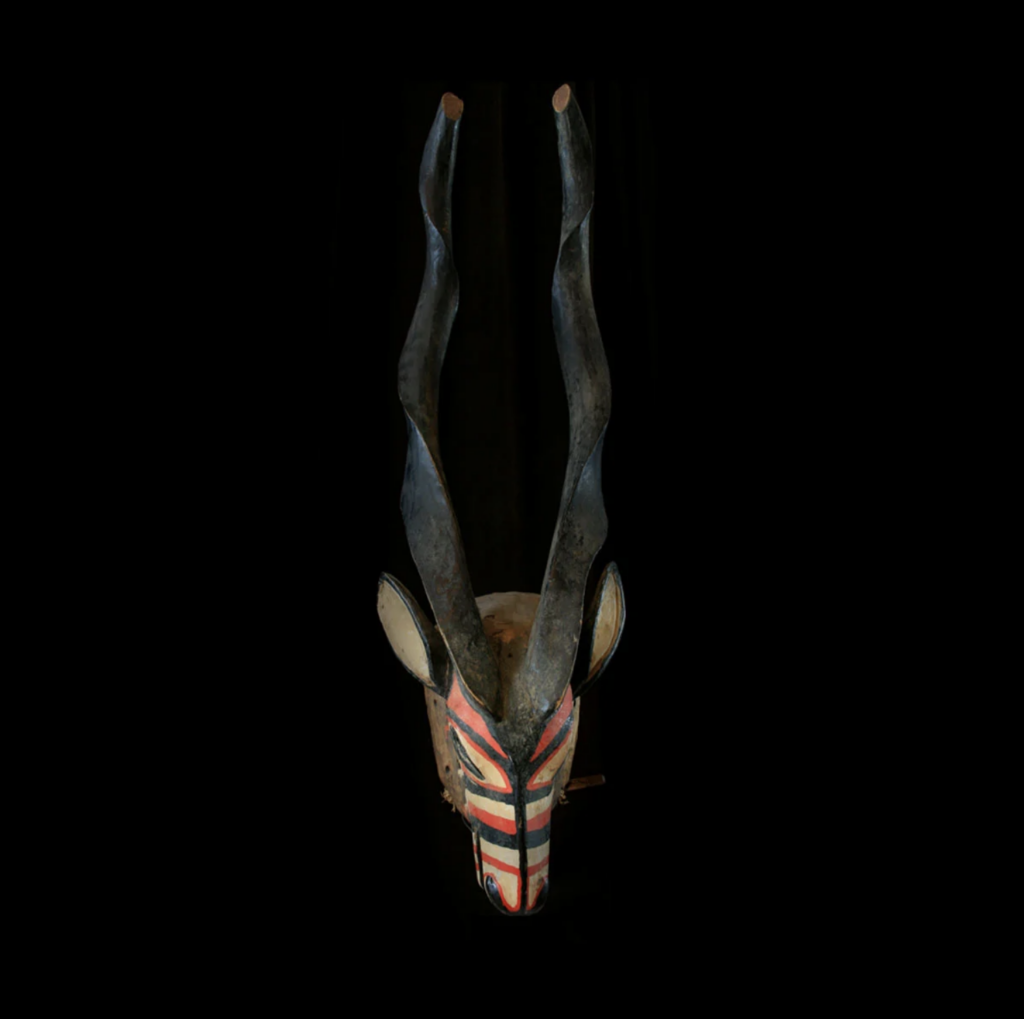
3. Balance Scale and Proportion in Interior Design
Size matters when it comes to styling sculptures in African-inspired interiors.
- A large sculpture can serve as a focal point, while small sculptures work well in clusters.
- Mix and match different sizes to create an organic, curated look.
- Use pedestals or stands to elevate smaller sculptures, giving them prominence.
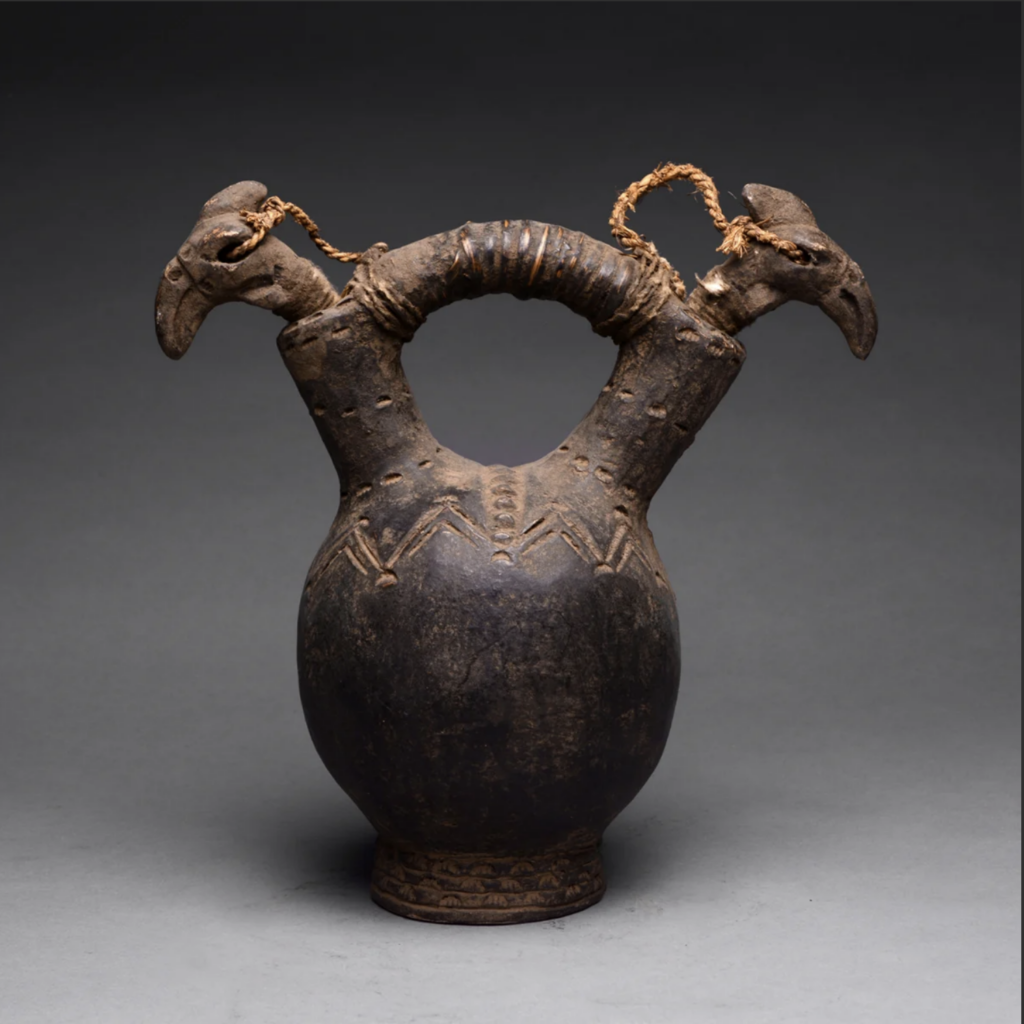
4. Embrace Minimalism to Let Sculptures Shine
African design is bold, but it doesn’t have to be overwhelming. The key to making sculptures stand out is avoiding overcrowding.
- Select a few meaningful pieces rather than filling every space.
- Allow empty space around sculptures to enhance their impact.
- Choose sculptures that complement rather than compete with existing decor.
Pro Tip: Less is more! A well-placed African sculpture can elevate the entire room’s ambience without cluttering the space.
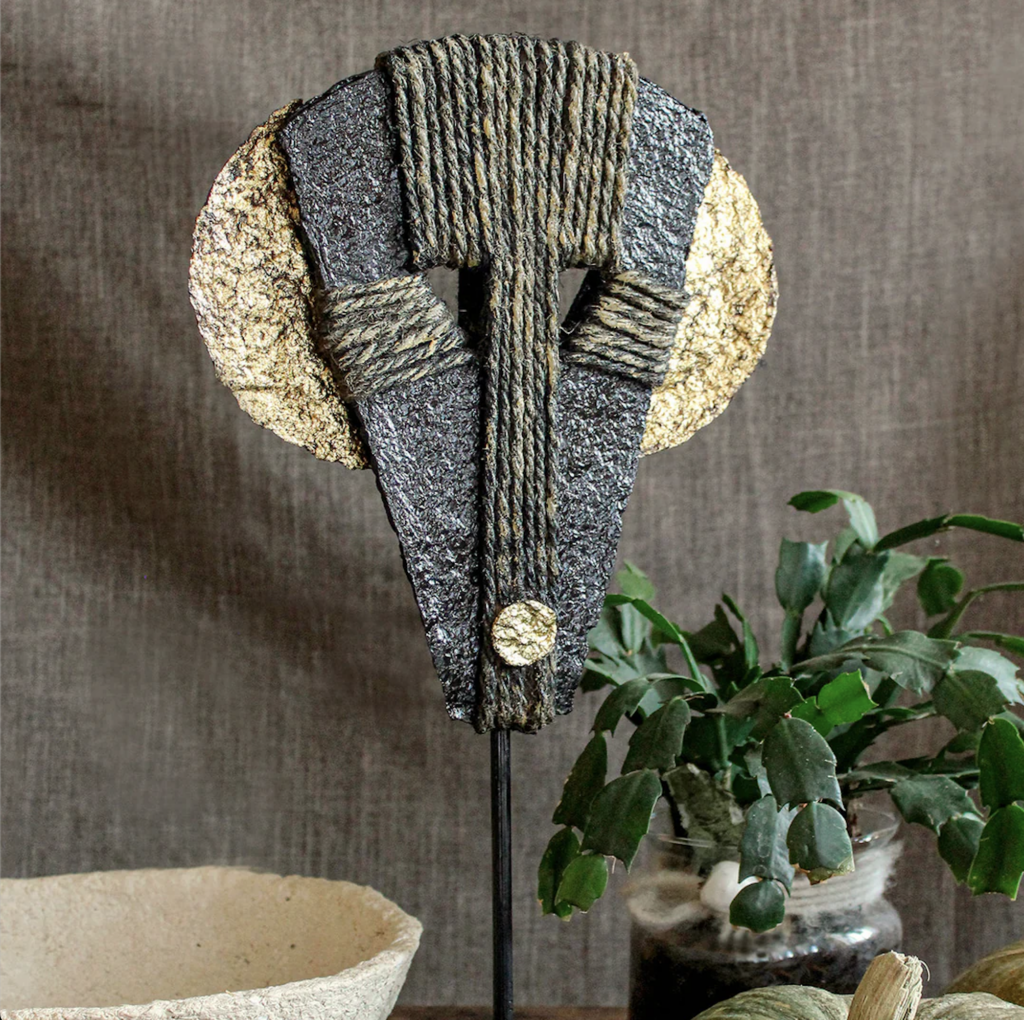
How African Sculpture Transforms Interior Design
Sculptures bring dimension, culture, and artistry into a space, making it feel curated and meaningful. Whether incorporated into a contemporary, bohemian, or luxury interior, African sculptures offer versatility and sophistication.
- They add character – No two handcrafted sculptures are alike, making each piece one-of-a-kind.
- They create conversation – African sculptures invite guests to engage with the art and its story.
- They enhance ambiance – Whether bold or subtle, sculptures influence the mood and energy of a room.
FAQs About African Sculpture in Home Decor
Q1: Are African sculptures suitable for modern interiors?
- Yes! African sculptures blend effortlessly into minimalist, contemporary, and luxury designs.
Q2: How do I maintain and clean African sculptures?
- Wooden sculptures should be gently dusted and occasionally treated with natural oil to preserve their finish.
- Stone and bronze sculptures can be wiped with a soft cloth and occasionally polished.
Q3: Where can I buy authentic African sculptures?
- Look for fair-trade artisan markets, African art galleries, and specialty online stores to ensure authenticity.
The Enduring Power of African Sculpture in Interior Design
African sculptures are more than decorative pieces—they are expressions of history, artistry, and cultural identity. As African-inspired interiors continue to influence modern home design, incorporating hand-carved wooden figures, intricate metal sculptures, or bold stone statues brings depth, warmth, and authenticity to any space.
With the global African art market contributing billions annually, now is the perfect time to embrace the beauty of African sculpture in your interior design. Whether used as a statement piece or a subtle accent, these sculptures can transform your home into a space that reflects tradition, creativity, and elegance.
Discover the power of African sculpture today and elevate your home with cultural artistry. If you’d like to see what I’ve been working on lately see my most recent projects here.
+ view the comments

